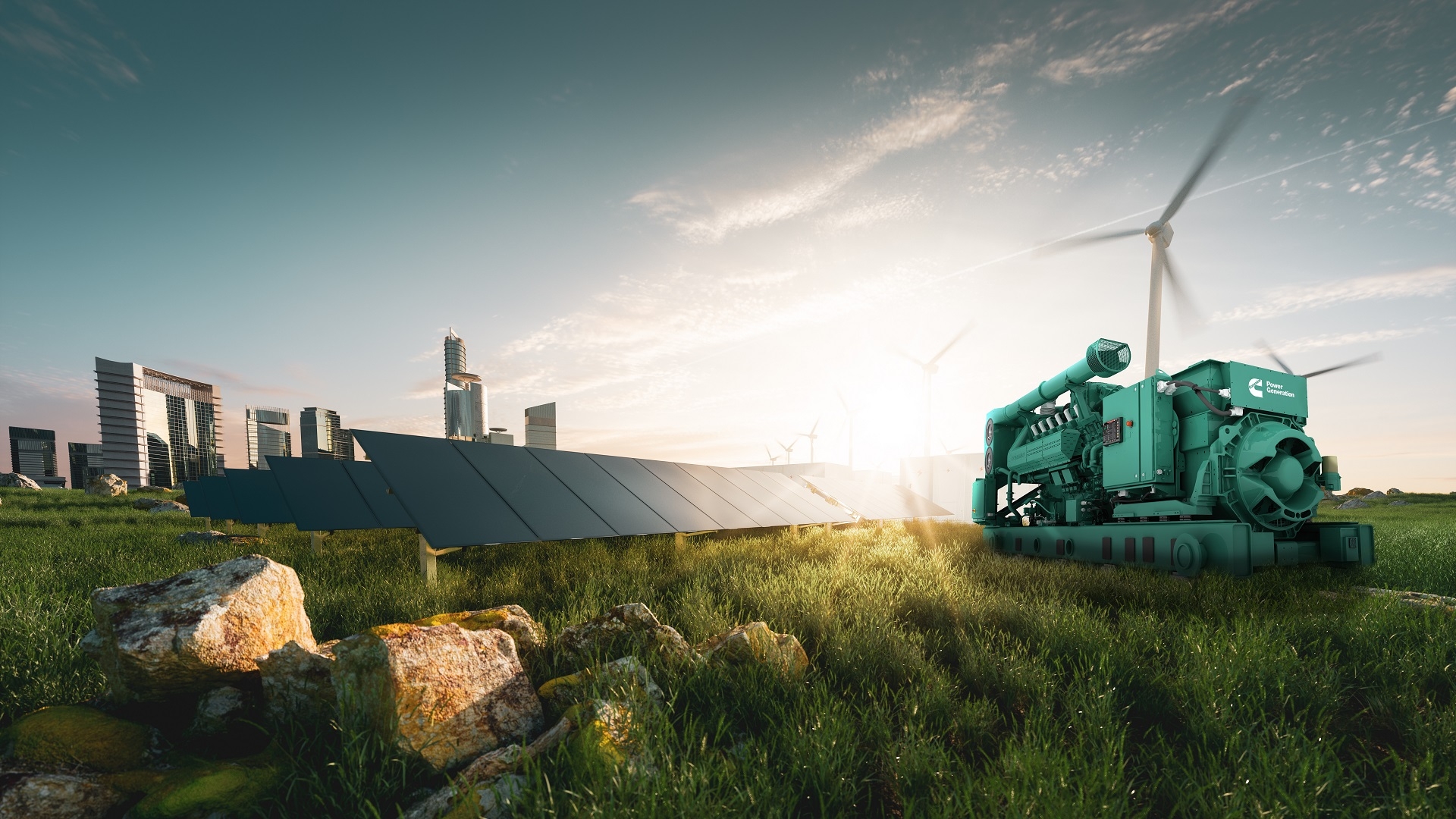
Microgrids
When localized, self-sufficient distributed power solutions are critical to your operation, microgrids bring multiple energy resources together to provide flexible autonomous power solutions.

Microgrids are locally-controlled power sources that can integrate multiple energy resources such as diesel, natural gas, wind or solar power. Microgrids provide independent power - when the traditional power grid goes out, a microgrid can immediately switch to backup generators and batteries.
The microgrid control allows the components to function as one seamlessly-integrated power source, and allows you to monitor weather, utility prices and performance data so your well-informed decisions help keep costs low and power on.
What are the advantages of microgrids?

Cummins supplies a variety of microgrid solutions for businesses, governments and institutions:
- Greenhouses
- Healthcare facilities
- Data centers
- Manufacturing plants
- Military installations
- Remote communities and islands
How much do microgrid solutions cost?
We’re more than a provider - we are proud to be a partner. From project design to service and support, we’re right alongside you.
Contact one of our microgrid teams today so we can learn more about your project and discuss pricing and options.
Microgrids deliver results for Cummins customers
decrease in diesel fuel consumption for Calvert Island’s integrated sustainable microgrid
sustainable power at Fisherman’s Landing microgrid when not at peak capacity
capacity at the Agnew Gold Mine - Australia’s largest hybrid microgrid
cars’ emissions equivalent reduced with Agnew’s microgrid solution